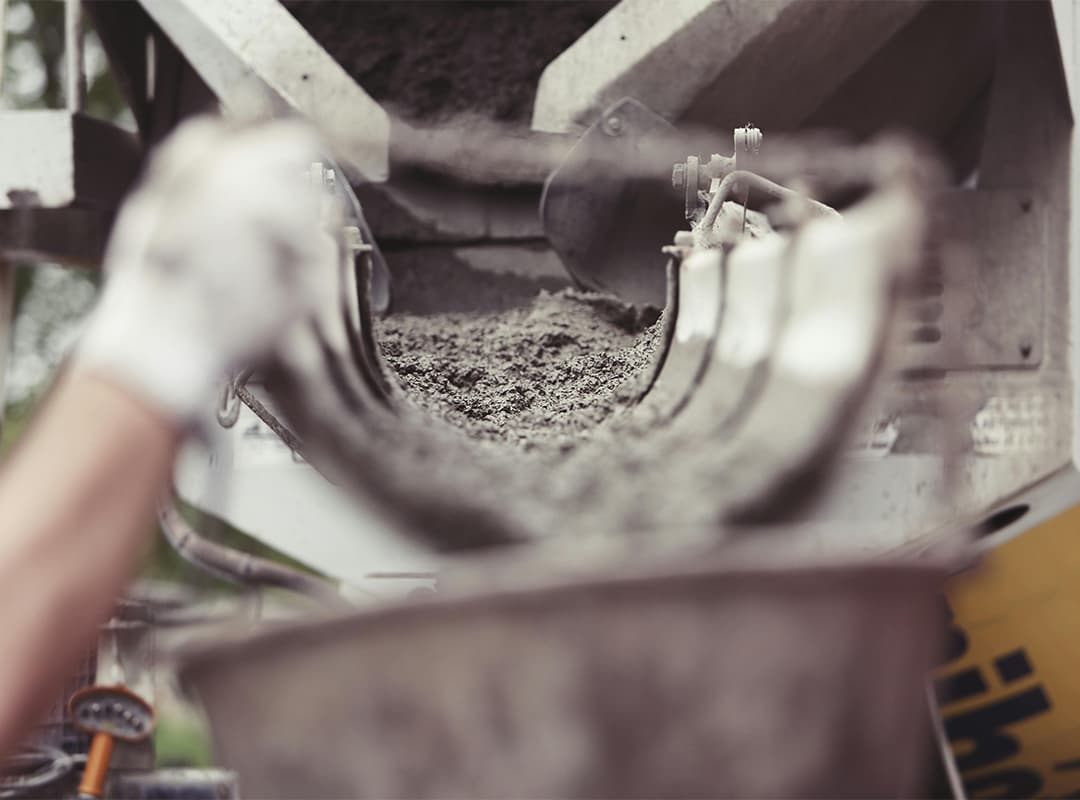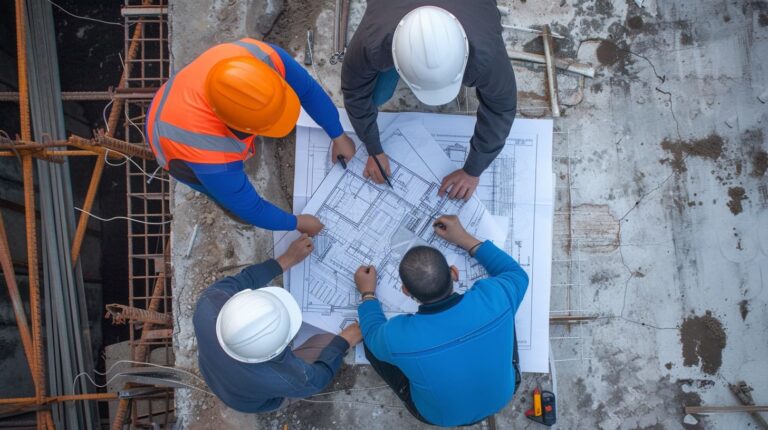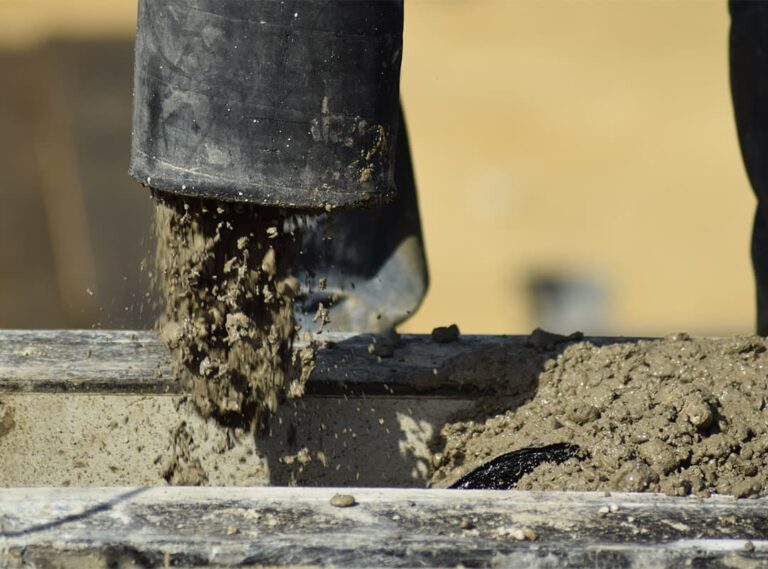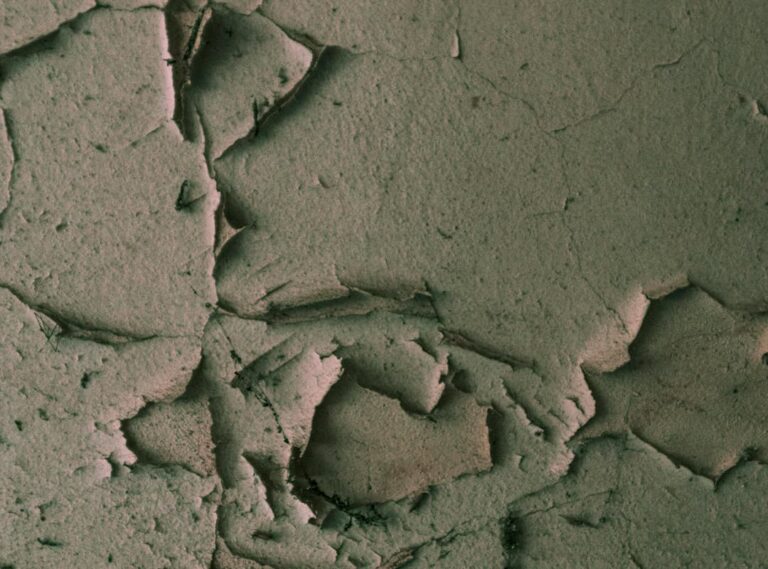Each batch of concrete is accompanied by a passport, where the strength, density and other characteristics are specified. But there is an indicator that reflects an important property for the consumer, which is not mentioned in the quality certificate. This is the thermal conductivity, which determines the comfort of the house.
Thermal conductivity is a key factor in energy saving
Any material has the ability to conduct heat. This property is called thermal conductivity. The unit of measurement is λ W/m°C, that is, how much heat energy (W) will be transferred through a building material with a thickness of 1 meter to raise the temperature on the other side by 1 degree Celsius. Sometimes the coefficient is specified in Kelvin (W/m°K), which does not change the meaning.
The best heat-saving vacuum in a thermos is 0.005 W/m°K. Of those used in construction, the most wasteful is aluminum, which has λ = 209.3 W/m°C (copper has an index of 389.6).
Why do we need to understand T at all, there is a separate science of heat engineering? The answer is simple – to save on home heating and utility bills. So we are interested in typical, common concrete, and we realize that the lower its thermal conductivity, the more it saves heat.
Before we get into the details, a couple words about what can affect the T value of concrete (as well as other building mix or mortar):
Directly will affect:
- Density of the monolith. The higher it is, the higher the thermal conductivity;
- Presence of reinforcement. T of steel is 45.4, so reinforced concrete has the highest coefficient (1.690 and up to 2.040);
- Composition (from which rock the filler, crushed stone, granite or tuff with expanded clay), type of binder (T polystyrene concrete 0.055 – 0.145), the presence of additives, plasticizers, etc.
- The internal structure of the concrete structure. Cellular and porous types of concrete have lower T than typical grades.
Indirect influence on thermal conductivity and heat loss will have:
- The presence of moisture in the monolith. When measuring, two values are usually specified – condition “A” (2% or less) and condition “B” (3% or more). The more moisture, the more heat will be lost, with temporary fluctuations in the T value;
- The thickness of walls, slabs, foundations, etc. Of course, a one-meter wall is rare, but the thicker it is, the less heat loss will occur, even though the thermal conductivity will not change;
- Reinforcement itself will increase the indicator, and if it creates “bridges (belts) of cold”, then heat losses will increase.
- Separately note why this characteristic is not indicated in the accompanying documents. The value may be affected by the properties of the mortar and the correctness of laying.
On the example of a popular in any construction concrete brand M350 it looks as follows:
- The mobility of P3 allows the casting of strip foundations without additional measures. The actual thermal conductivity will be equal to the calculated value;
- If the poured mortar is additionally tamped with a vibrator, the mixture will be compacted, the T value will increase, but the strength will also increase.
Therefore, to assess the thermal insulation efficiency of the future building is focused on reference materials. The actual values will not differ much from the calculated values.








